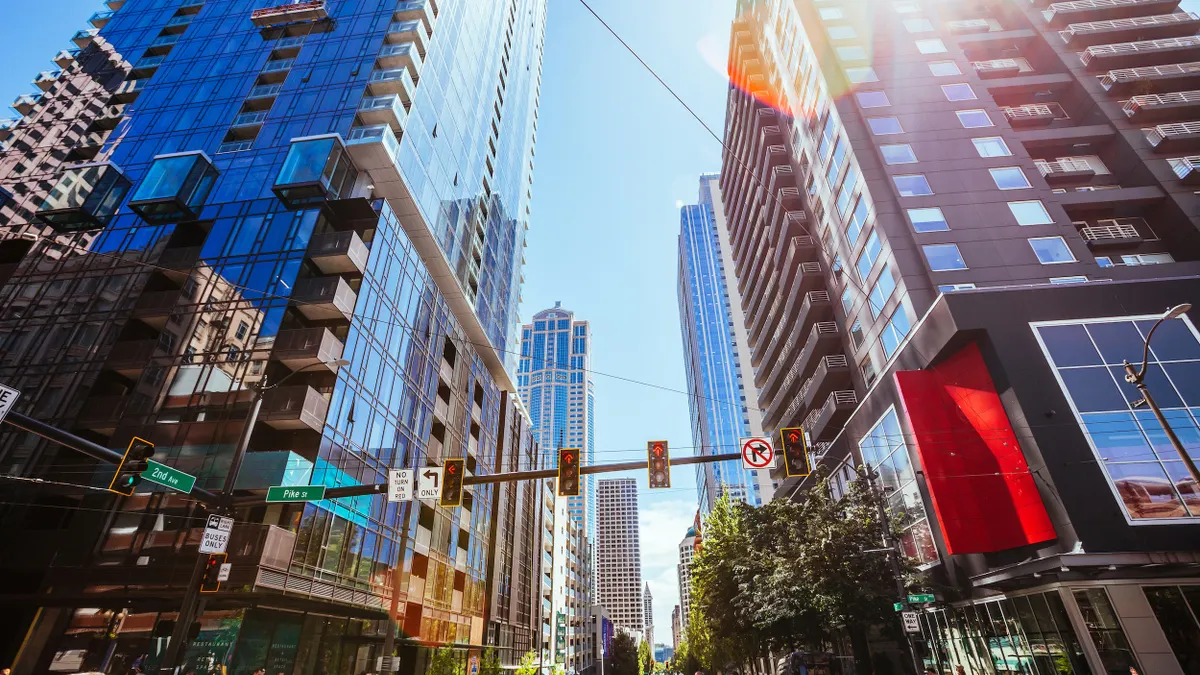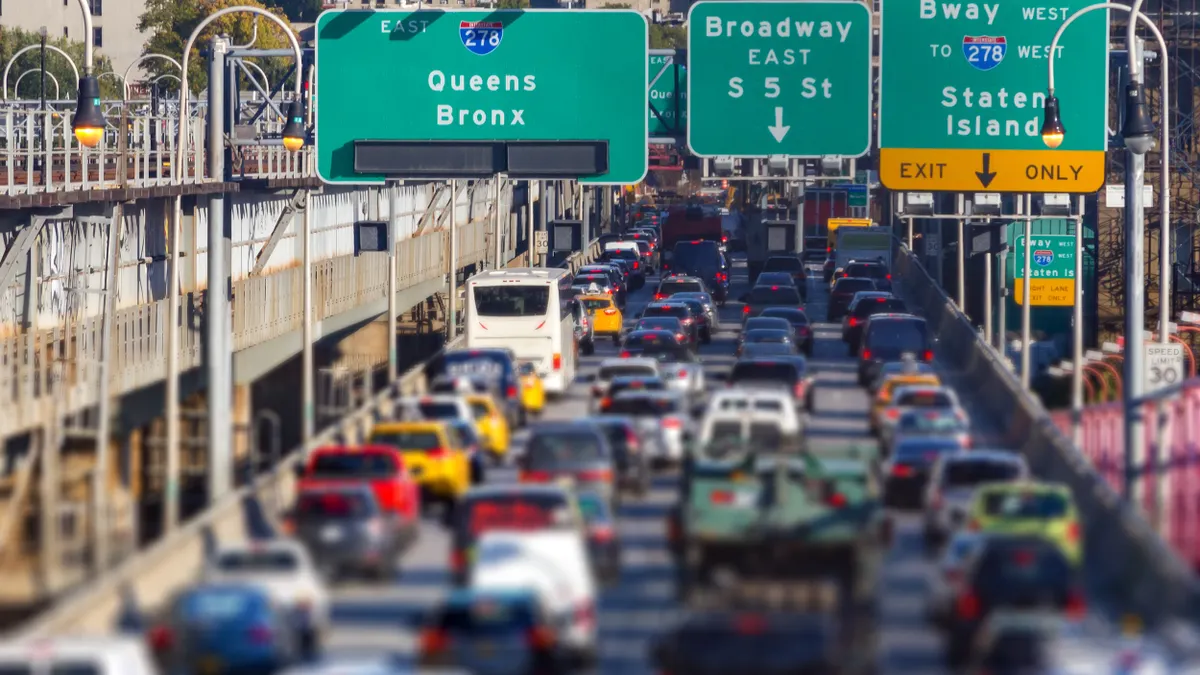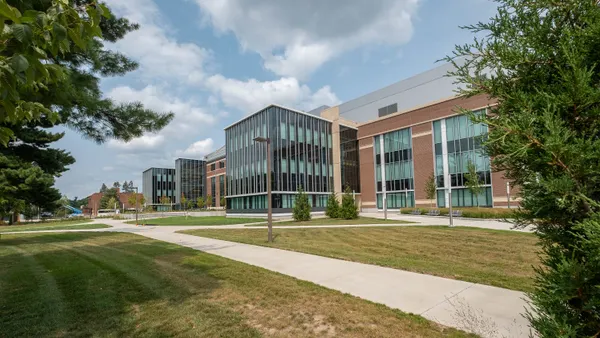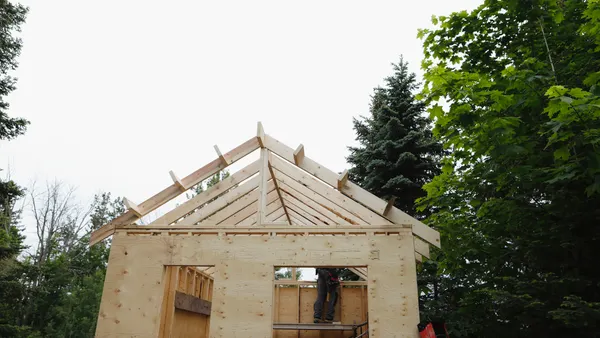Dive Brief:
- A new building decarbonization road map from Climate Mayors and Veolia North America aims to help public and private stakeholders cut carbon emissions while reducing costs.
-
The road map helps city officials establish baselines, set goals aligned with the Paris Agreement and state climate targets, secure funding and partnerships, create policy incentives and develop and train a work force that can help meet decarbonization objectives.
-
The new guide “meets mayors where they’re at on building decarbonization and provides a comprehensive and clear step-by-step guide to what they should be doing,” said Climate Mayors Deputy Director Laura Jay.
Dive Insight:
Buildings are responsible for about 40% of energy-related carbon dioxide emissions globally. Building decarbonization reduces these emissions through greater energy efficiency as well as by shifting heating, cooling, electricity and other building operations from fossil fuels to electrification and renewable energy.
“The No. 1 reason why city officials want to decarbonize their assets is because the constituency wants it,” said Jack Griffin, senior vice president, sustainable buildings and industries, for Veolia. “When you have a constituency that’s concerned about the future, they’re going to be concerned about decarbonization.”
The Trump administration’s energy policy could slow progress toward building decarbonization by eliminating federal tax incentives for solar and wind, slashing funding for industrial heat pump and efficient boiler programs, rolling back appliance and building code energy efficiency standards, and fast-tracking approval for fossil fuel-based electric plants.
As a result of these policies, the U.S. is on track to add 7 billion metric tons more greenhouse gas emissions to the atmosphere between now and 2030, according to a Carbon Brief analysis.
Funding for building decarbonization “is a changing landscape right now,” Jay said, “but there’s still a lot of opportunity there.” The road map helps cities make up for loss of federal funding by tapping into self-funding, tax-based funding, grants and incentives, public-private partnerships and green bonds.
Decarbonizing city-owned assets can save taxpayers money by lowering those buildings’ utility bills, Jay said. “Mayors are so eager right now to make changes that are going to help the daily lives of people within their city by lowering their utility costs, and that’s really where they’re trying to dig in and learn from each other.”
The road map includes accounts of how cities large and small are decarbonizing their assets. Detroit has committed to reducing carbon emissions in all city-owned buildings by 75% by 2034, while Boston is requiring all large buildings to incrementally reduce emissions with a goal of reaching net zero by 2050. Madison, Wisconsin, is working with local and state housing agencies to reduce energy use in and add rooftop solar to affordable housing; it also has a commercial building emissions benchmarking program.
The report suggests policy incentives that promote building decarbonization, including city ordinances, incentives and fees, and green building recognition and reporting. It cites examples such as Seattle, which passed building codes requiring electric heating in large new buildings, and New York City and Cambridge, Massachusetts, which have implemented emissions reporting requirements along the lines of Boston’s.
Policy incentives for decarbonization can encourage “longevity across mayoral terms and across political terms within the city,” Jay said.












